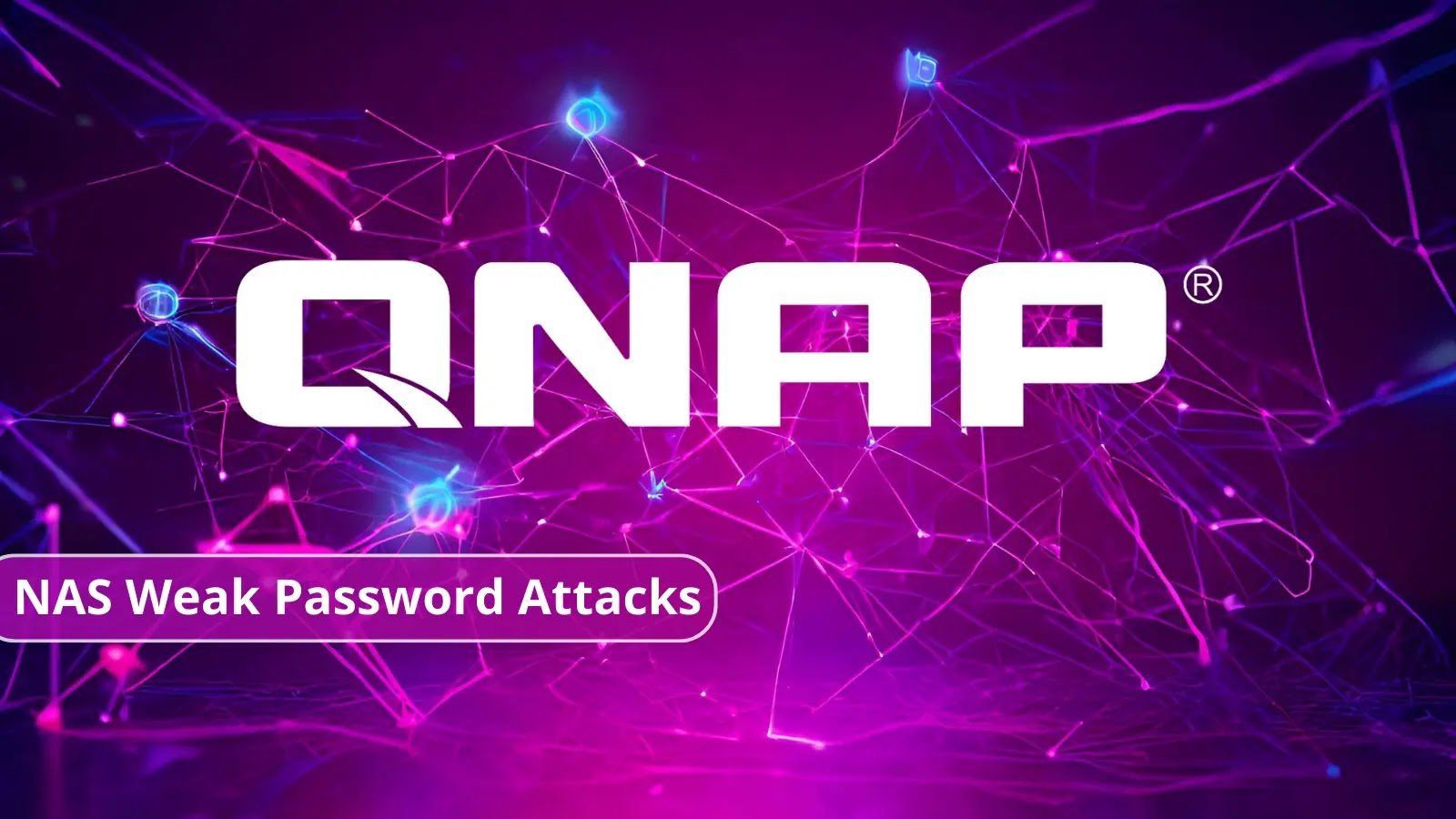Imagine waking up one morning only to find your bank account emptied or your personal photos leaked online for the world to see. Scary thought, right? With cybercrime on the rise and hackers becoming more sophisticated than ever before, it’s crucial that we take every precaution necessary to safeguard our online presence. And that all starts with having a robust password in place. But don’t worry – in this article, we’ll guide you through the maze of password best practices and introduce you to an extra layer of protection called Multi-Factor Authentication (MFA). Get ready to arm yourself with knowledge as we uncover the secrets behind creating uncrackable passwords and implementing MFA for ultimate security in today’s digital landscape.
How Threat Actors Access Credentials and Their Motivation?
Threat actors employ an array of techniques to breach our credentials; phishing campaigns and information stealers rank among the most common strategies employed. Phishing campaigns involve fraudulent emails or messages that dupe individuals into revealing their login details by masquerading as legitimate organizations or websites. It’s akin to a digital ruse where unsuspecting users unknowingly disclose sensitive information.
Conversely, information stealers refer to malicious software designed clandestinely collect personal data – including usernames and passwords – from compromised devices. These intruders often infiltrate systems using deceptive tactics like malvertisements: attackers pose as reputable software websites while injecting malevolent code into seemingly innocuous downloads. Consequently, users remain unaware of the installation of an information stealer on their device(s).
Additionally, in the depths of the darknet, one can find marketplaces where individuals engage in the unlawful trade of stolen collections of usernames and passwords, often obtained from compromised websites. The driving force behind this activity for financially motivated threat actors lies in its potential for profit. By acquiring these credentials, cybercriminals gain access to personal and financial information that enables various forms of online fraud, including unauthorized purchases or identity theft.
The Importance of Strong Passwords and Multi-Factor Authentication:
Strong passwords are vital in today’s digital world as technology, like ML and GPU cards, makes it easier for attackers to crack passwords. Additionally, using unique passwords is equally crucial. Even if you have a strong password for one account, a breach on one platform can expose other accounts if they share the same credentials. This combination of strength and distinctiveness is key to enhancing online security. Managing numerous unique and strong passwords can be overwhelming. Here, a secure password manager comes to the rescue. It allows you to remember just one password—the master password—while it generates, stores, and fills complex, unique passwords for all your accounts. This not only boosts security but simplifies the often daunting task of password management, ensuring your online presence remains secure.
Additionally, implementing multi-factor authentication (MFA) stands out as a non-negotiable necessity. It provides a powerful layer of defense against unauthorized access, significantly bolstering security. Moreover, pairing MFA with single sign-on (SSO) solutions creates a potent combination. SSO streamlines user access while maintaining robust security standards, making it a valuable addition to any organization’s cybersecurity strategy. In essence, the twin pillars of MFA and SSO form an effective and efficient defense against the evolving threats of our digital world, ensuring that your organization’s data and systems remain safeguarded.
Solutions for Improving Cyber Resiliency:
Below are solutions and other considerations organizations should look into to further strengthen their security posture.
- Preventing Malware Deployment with EDR Systems
- Detecting Leaked Credentials with Recon Services:
- The Need for Speed and Automation in Modern Cybersecurity
- Preventing Malware Deployment with EDR Systems: One key aspect of cybersecurity is stopping the deployment of malware-like information stealers onto our devices. Modern endpoint detection and response (EDR) systems play a crucial role in achieving this. EDR systems act as proactive gatekeepers, diligently watching over your devices to prevent malware deployment. They’re an integral part of modern cybersecurity, helping us stay one step ahead of cybercriminals and protecting our sensitive data from falling into the wrong hands.
- Detecting Leaked Credentials with Recon Services: One of the pressing challenges is to identify when an organization’s credentials have been compromised and are being sold on underground forums. This is where reconnaissance (recon) services come into play. By leveraging recon services, organizations can proactively detect and respond to potential breaches, significantly reducing the risk of cyberattacks stemming from stolen credentials. This proactive approach to cybersecurity is a ray of hope in the ever-evolving landscape of digital threats, allowing organizations to stay ahead of cybercriminals and protect their sensitive data effectively.
- The Need for Speed and Automation in Modern Cybersecurity: Modern cybersecurity solutions leverage advanced algorithms and threat intelligence to detect data leaks and breaches in real time. These systems constantly monitor network traffic, endpoints, and data flows to identify any suspicious activity or the presence of compromised credentials. Once a potential data leak or credential compromise is detected, modern solutions seamlessly integrate with security orchestration, automation, and response (SOAR) platforms. SOAR platforms serve as the operational hub for cybersecurity incident management and are equipped with customized playbooks that specify a series of automated actions to be taken when specific threats are identified.
Conclusion:
In conclusion, implementing strong password best practices and enabling multi-factor authentication (MFA) is crucial in enhancing the security of our digital accounts and protecting sensitive information. By using unique, complex passwords that are regularly updated, we minimize the risk of unauthorized access to our accounts. Additionally, MFA adds an extra layer of protection by requiring an additional verification step, such as a fingerprint or code sent to a trusted device. Together, these measures significantly reduce the likelihood of falling victim to cyber threats like hacking and identity theft. As responsible digital citizens, let us prioritize our online security by adopting these best practices and encouraging others to do the same. By doing so, we can safeguard our personal and professional data and create a safer digital environment for all.





